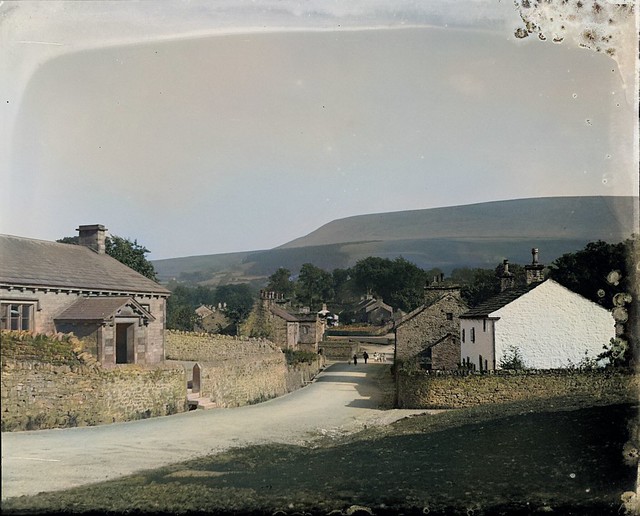After two days of hard work and troubleshooting, including making a dual boot for Ubuntu to run Anaconda with Jupyter Notebook the rendering system has finally been setup.
For now I have been trying out the different settings and colourizing normal photos with the pre-made models.
Hopefully I can look into training a model with Apollo photos in the following weeks.
Some of the more decent results so far from my collection:


It generally likes colouring buildings.


It also seems to enjoy the sky, I do like the results. Its smart enough to keep the clouds white!

It does alright at differentiating between articles of clothing, animals and humans. Like some other AI I have tried it is quick to make clothing/faces red or blue. It doesn't always work.
I have noticed that contrast, clarity and brightness of the image are a contributing factor in how it renders colours. I am sure the type of film (Orthocromatic, Pancromatic) is also a contributing factor.